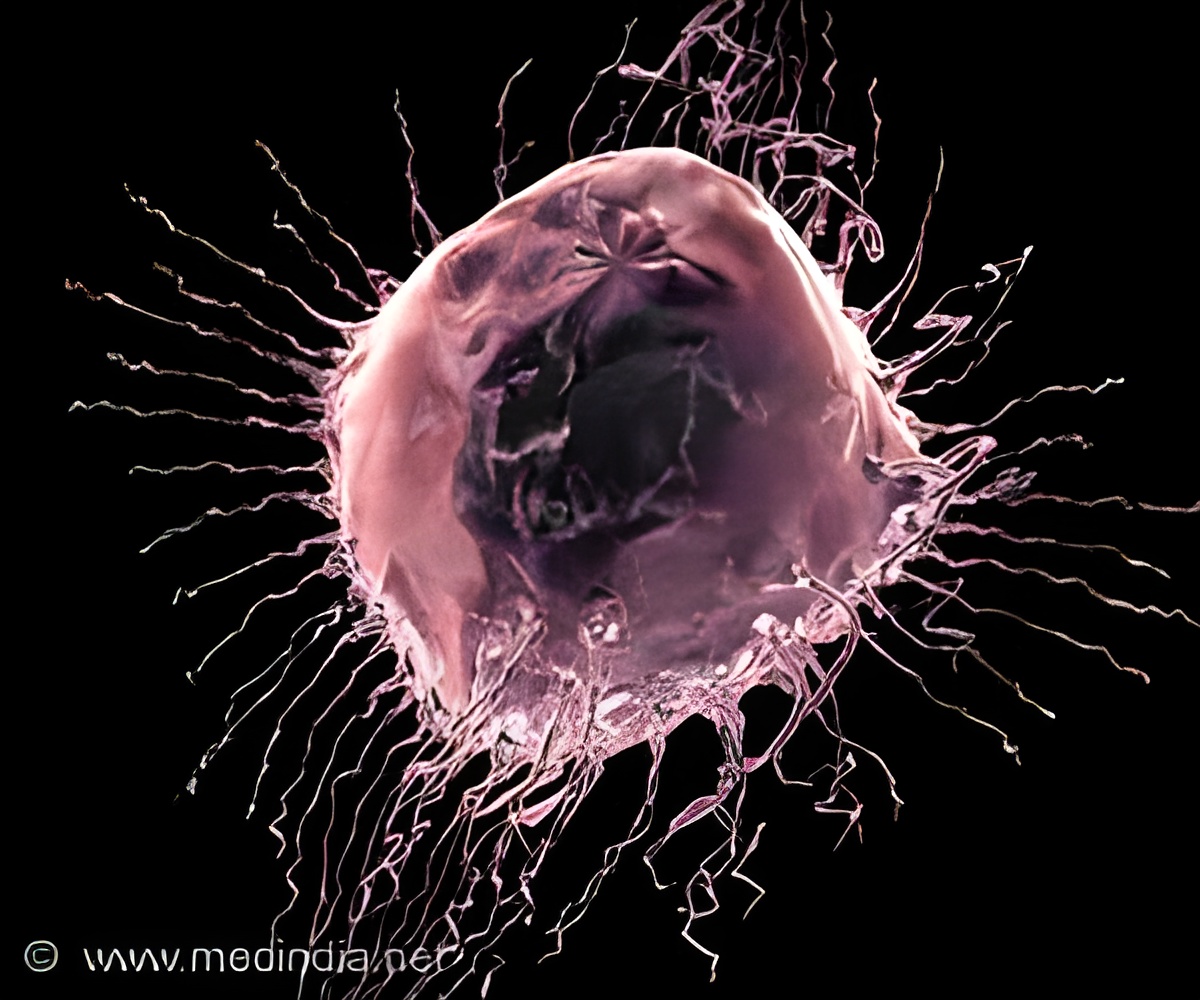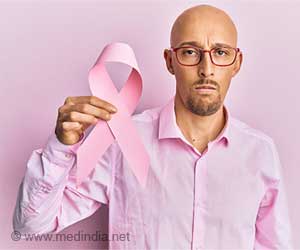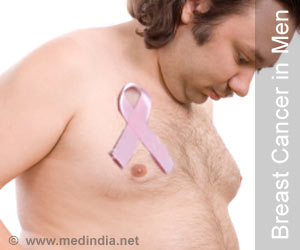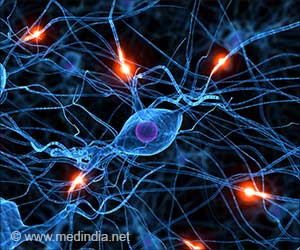Breast cancer isn’t just a women’s issue. Men can be affected too. Early detection, awareness, and breaking the stigma are key to saving lives.

Breast Cancer Awareness Month
Go to source)
Male Breast Cancer: A Silent Threat
“Despite its rarity, breast cancer in men is often diagnosed later than in women. Many men are unaware that they can develop breast cancer, leading to delayed detection. However, early detection significantly improves survival rates,” Dr. Ramesh Sarin, Senior Consultant, Surgical Oncology, Apollo Cancer Centres, told IANS.“One of the biggest challenges in addressing male breast cancer is the stigma surrounding it. Many men feel embarrassed or emasculated by a diagnosis traditionally associated with women. This stigma can lead to delayed diagnosis and treatment, potentially worsening outcomes,” she added. The most common type of male breast cancer is invasive ductal carcinoma (IDC), which starts in the ducts and spreads to surrounding tissue. Other types include invasive lobular carcinoma (ILC), Paget’s disease of the nipple, and ductal carcinoma in situ (DCIS), a non-invasive form.
According to Sarin, the symptoms of breast cancer in men are similar to those in women. As women, men should also be aware of potential signs like a lump or thickening in the breast tissue, changes in the skin covering the breast, such as dimpling, redness, or scaling, changes to the nipple, such as redness or scaling, or a nipple that begins to turn inward or discharge from the nipple.
“It’s important to note that most breast lumps in men are not cancerous. However, any unusual changes should be promptly evaluated by a healthcare professional,” Sarin said. Age, family history, genetic mutations, radiation exposure, liver disease, and obesity are the risk factors that can increase a man’s risk of developing breast cancer: Dr. Anshuman Kumar, Director of Surgical Oncology, Dharamshila Narayana Superspeciality Hospital called out the need to live a healthy lifestyle and avoid ultra-processed foods.
“Processed and ultra-processed foods, especially when consumed warm in plastic containers, release harmful chemicals like phthalates and bisphenol A (BPA), which are known to disrupt hormonal balance and contribute to cancer risk. Irregular eating habits and exposure to food adulterants, insecticides, and heavy metals further exacerbate the situation,” Kumar told IANS.
Advertisement
- Breast Cancer Awareness Month - (https://www.uicc.org/what-we-do/thematic-areas/breast-cancer/breast-cancer-awareness-month)















